At home with Yinka Ilori
Speaking ahead of his first solo display at London's Design Museum (15 September 2022 – 25 June 2023), British-Nigerian designer Yinka Ilori welcomes us to his new London studio space to talk family, music, daily routines, and his most joyful projects
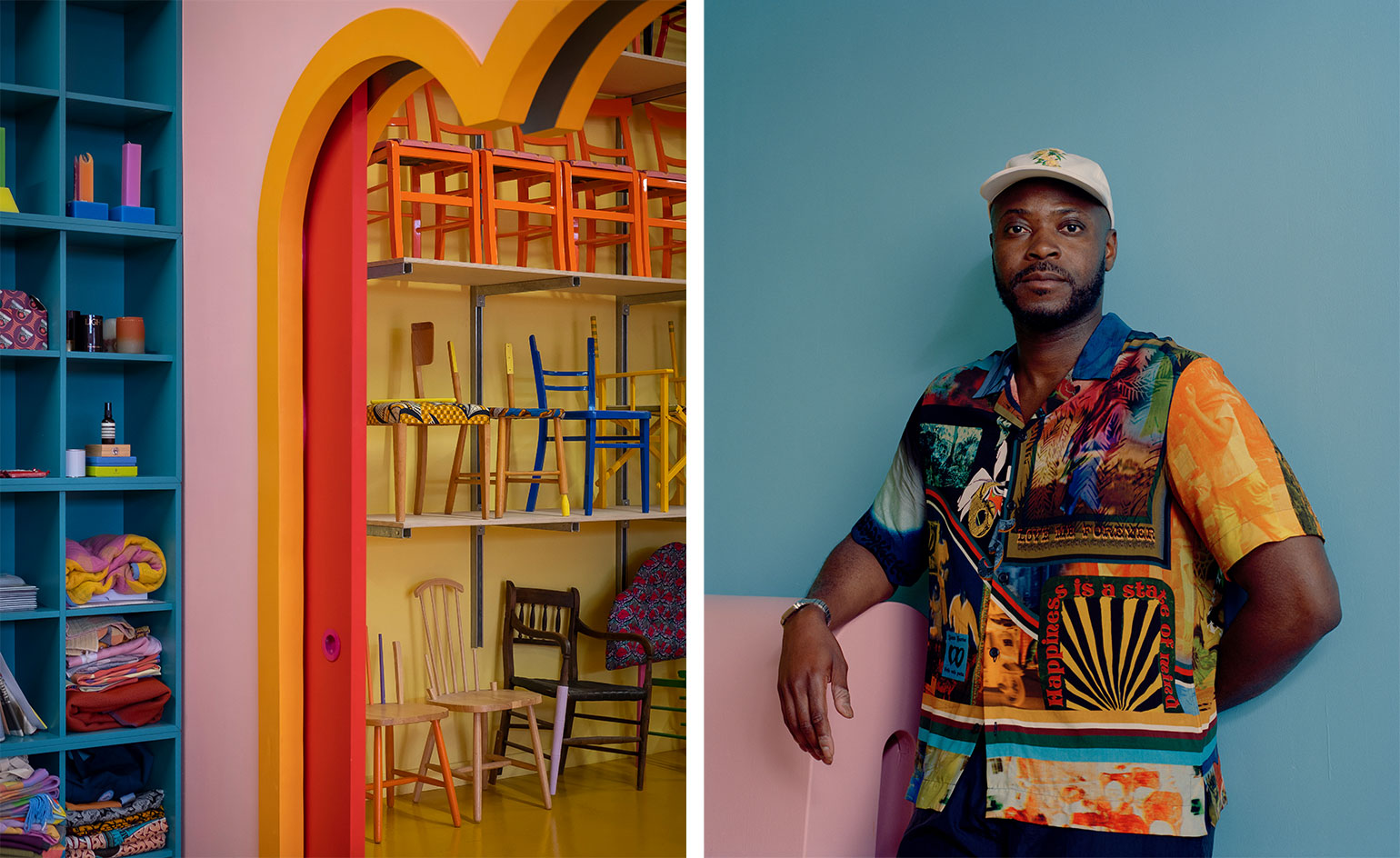
Since starting his design practice in 2017, British-Nigerian designer Yinka Ilori has stretched his work in many directions. His signature language (partly inspired by the colourful textiles of his upbringing) has graced objects and furniture, sports venues and playgrounds, and has accompanied hopeful messages, which were dotted around London during the pandemic.
In 2020, he launched his eponymous homeware brand, making his playful, optimistic aesthetic available on a larger scale. Spanning from homeware, textiles and objects, the brand’s items are meant, like much of Ilori’s work, ‘to instil a sense of optimism and joy’.
The designer's work is deeply rooted in community and play: in 2022 he completed The Flamboyance of Flamingos, a playground in east London’s Parsloes Park featuring play equipment inspired by the residents’ stories, while last year he debuted Launderette of Dreams, a temporary installation for children in collaboration with Lego to encourage and celebrate free play.
Here, Ilori welcomes us into his new studio space in London…
At home with Yinka Ilori
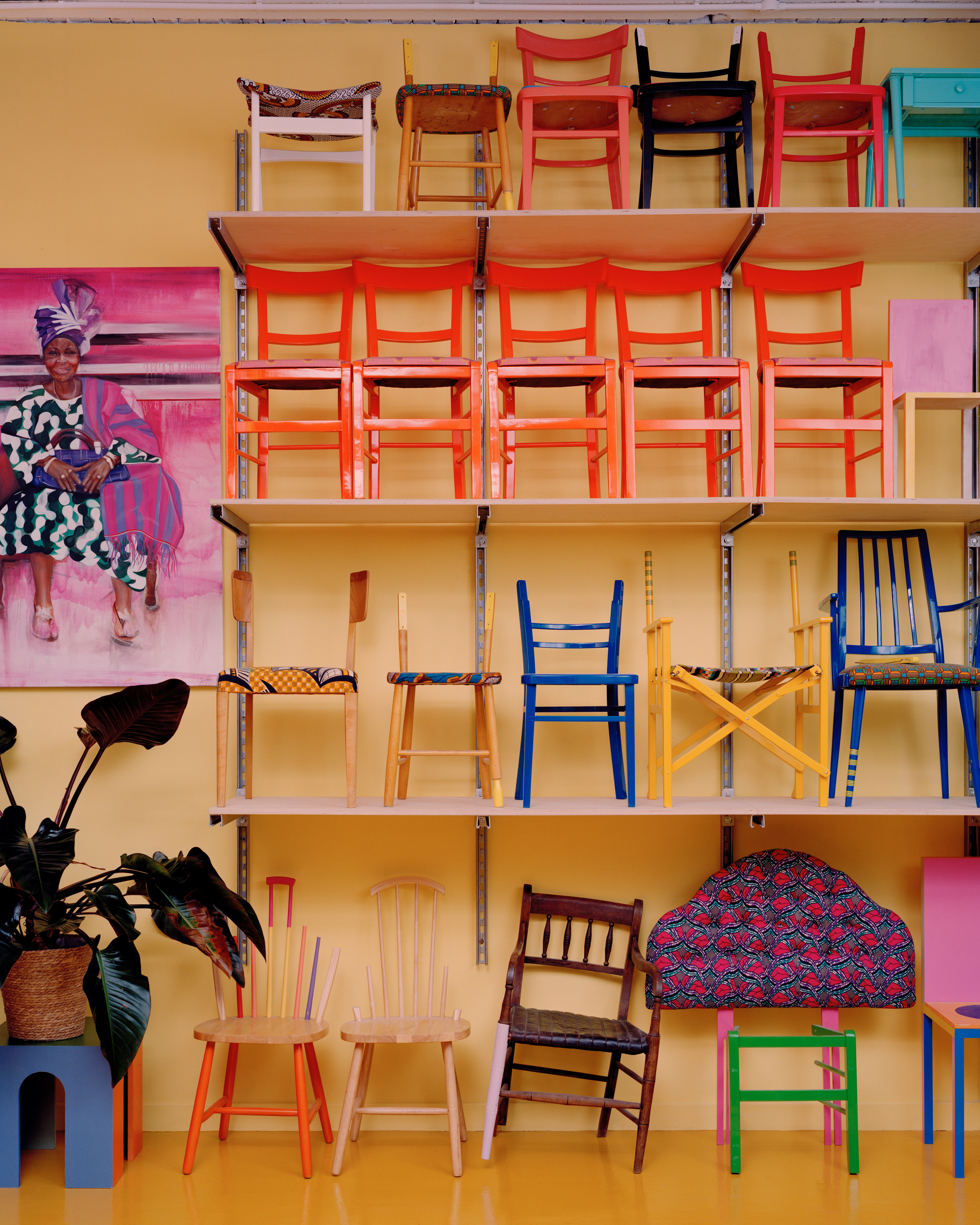
Wallpaper*: Where are you at the moment?
Yinka Ilori: I'm currently in my studio. It's the place where I'm most creative and where I like to say the magic happens!
W*: Can you describe the space where you work?
YI: The studio has a mixture of flexible spaces. I have an office where I sketch, design and hold meetings and adjacent to this space is where the team sits. It's a very collaborative space where we discuss briefs, brainstorm and come up with new ideas. There's also a communal area which sits in the centre of the studio and is where we come together, spend time together. The studio is open plan and we've incorporated dynamic partitions like curtains which allow us to play around with the space and the way we use it. It's an incredibly colourful space that draws on tones that I use within my work. The colours are very joyful and really help set the tone for the day. Pink and yellow are the dominant colours in the space and I've used them to create a really positive, happy environment. I hope that it gives everyone in the office time to dream and imagine.
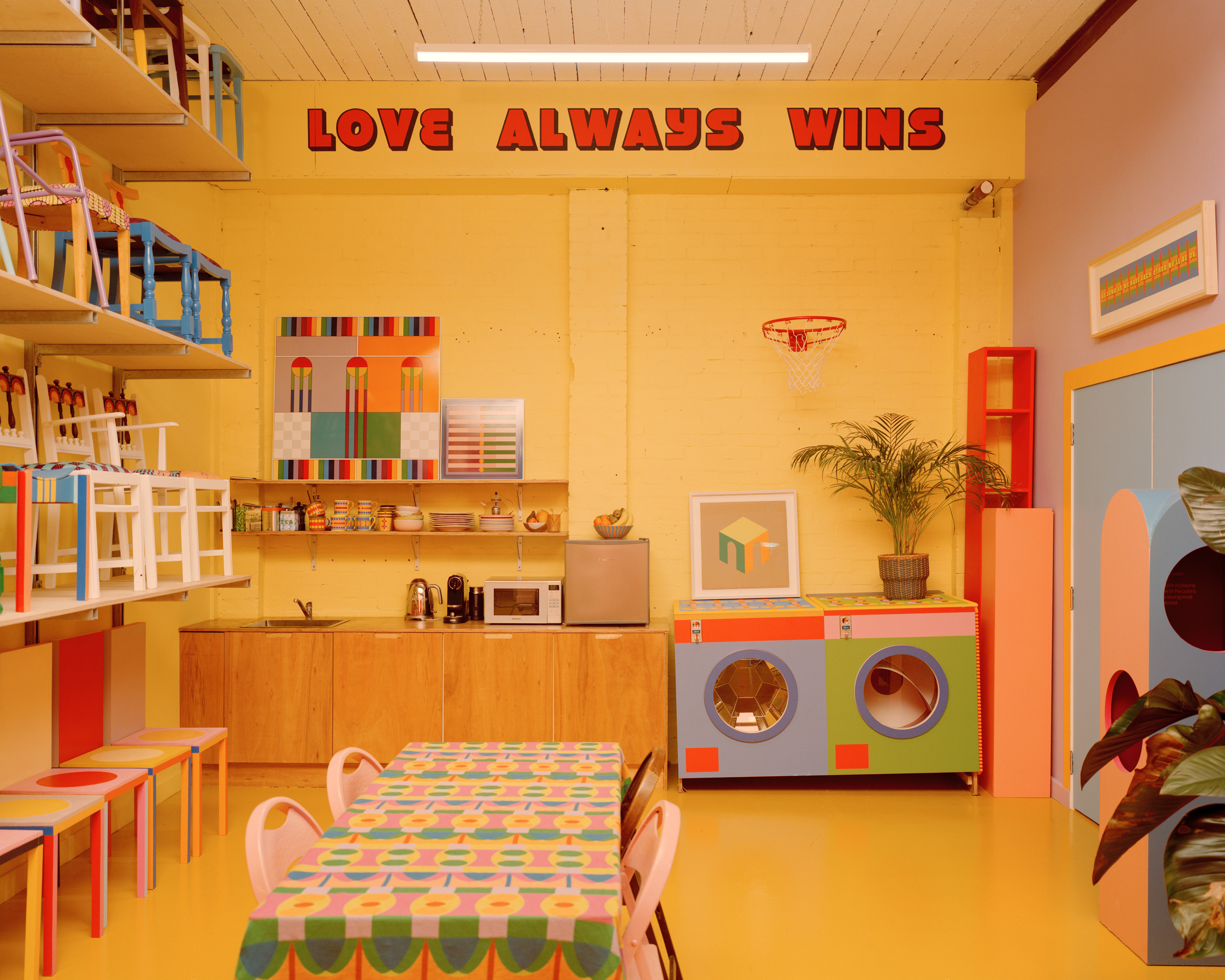
W*: What’s your favourite spot in your new studio?
YI: My favourite spot would be the communal area with the dining table and kitchen. Above the kitchen, we've incorporated a mural that says ‘Love Always Wins’, which I originally designed as a permanent artwork for Harrow Council. In the studio, I have enjoyed bringing in a bit of Harrow to Park Royal [where the studio is located, near Acton] but also elements of public-realm projects that I've been working on. The communal space is where I meet different people, whether that's people I'm working with on projects or someone who just stops by the studio. It's also where we celebrate birthdays and the team has lunch every day. Often I can hear them laughing and joking, which is a sound I love to hear. It's an area of the studio that has a positive and happy feel.
Receive our daily digest of inspiration, escapism and design stories from around the world direct to your inbox.
W*: How do you start your days?
YI: I start my day by going for a run in the morning for an hour. I like to prioritise fitness and some time for myself. When I get to the studio, I usually have an açaí bowl with fruit, granola, seeds and nuts, and make sure I'm hydrated. I will also usually have a walk around and water my plants. That's what gets me ready for the day ahead.

W*: What are you listening to at the moment?
YI: Music is really important to me. It allows me to escape and takes me into a different world and space. I love how musicians tell stories and paint you a picture to transport you elsewhere. Words, storytelling, poetry, sound, it all comes together to be able to make you feel something different or like you're somewhere else. It's very much what my work is about as well. I'm very interested in words and using these in my designs to create an environment that evokes something new.
At the moment I'm listening to Burna Boy's new album, which came out a few weeks ago. My favourite track on my album so far is ‘Last Last’. If you follow me on Instagram, my Instagram stories always feature what I'm listening to in my car.
W*: Where do you currently live? Can you tell us about your neighbourhood?
YI: I live in west London in Acton, which has a really strong community spirit. There are many independent businesses, from shops, cinemas and galleries to fruit and veg shops and butchers’. It's an area that is powered by the community and I love that about the area. My studio is located [nearby and it's] great to be able to access the office really easily.

W* Your Nigerian heritage has played a key role in your work from the start. How do you incorporate it in your work, and what elements are you most drawn to?
YI: A lot of my work has been inspired by traditional Nigerian parables and African fabrics that I was surrounded by growing up. My parents would tell me Nigerian parables, which are essentially words of wisdom. Over time it's led me to understand the power of storytelling, which forms a really key part of my work. I draw on many of these parables that I heard in my childhood and have incorporated some of them into my work.
For example, 'If Chairs Could Talk' is based on the parable ‘no matter how long the neck of a giraffe is, it still can't see the future’. The story is about not judging people based on their current circumstances because you never know what the future holds. I created five chairs that were based on people from my childhood and tried to tell their stories through these objects. Each chair reflected on who the individual has become over time. I use traditional Nigerian folklore to tell meaningful but personal stories.
The textures, graphics and colours in my work come from the fashion I was surrounded by as a kid. My parents and their friends would be dressed in bright colours and rich textiles. This left a really strong impression on me. In my work, I have incorporated some of these styles, patterns and colours. I think colour can be an incredibly powerful tool that can influence the way you feel.
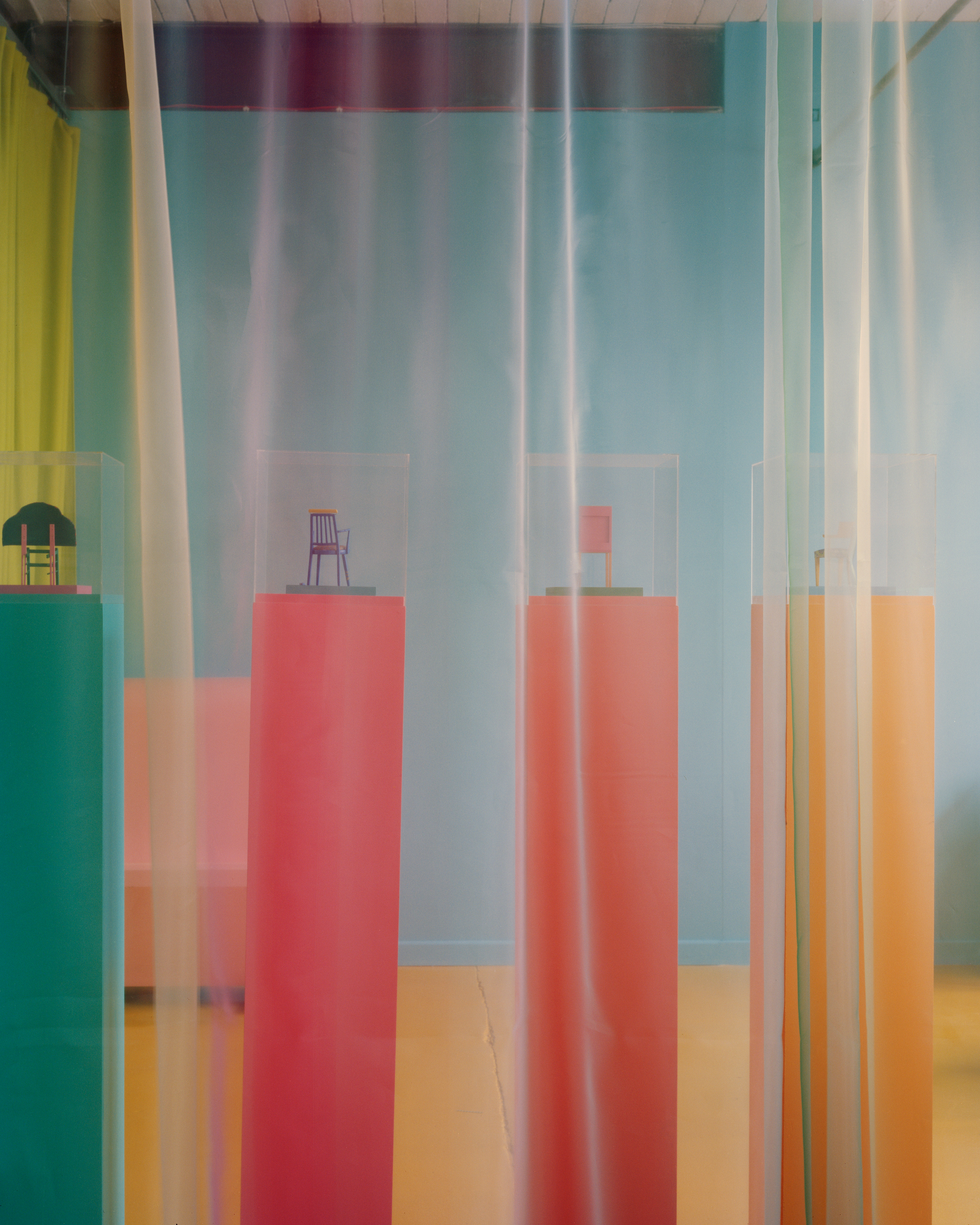
W*: Where are you finding inspiration at the moment?
YI: I recently spent some time in Switzerland, which was an absolutely incredible experience where I was surrounded by nature and fresh air. There were these incredible sweeping views and landscapes that were completely unobstructed by any buildings. I've been really inspired by being in nature and I've been thinking about how landscapes can tell stories or how we can feel more connected to nature. The green was such a rich colour and I don't think I've seen so much green in my life!
W*: What’s the most important object you own?
YI: There's probably a few objects that I own that are incredibly important to me. There's a portrait of my grandmother which is in my studio. I also have photographs from my parents' collection of my grandparents, whom I only met once. Photos essentially capture memories and they allow you to go back in time or to a certain place. Whenever I feel low or uninspired, I can look at these photographs to revisit different moments. They're also where my use of colour comes from.
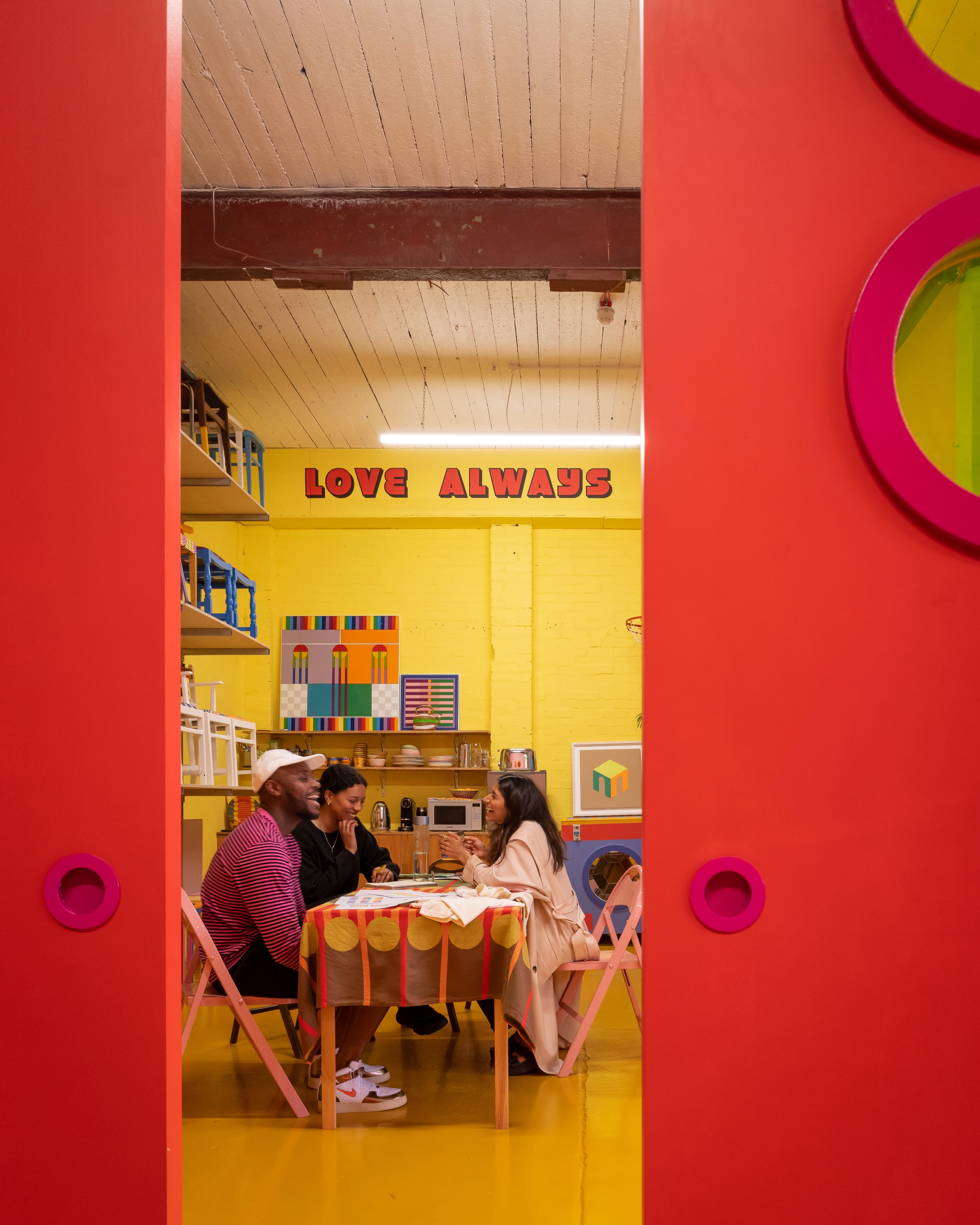
W*: What’s your next big launch?
I'm working on an exhibition with the Design Museum which opens in September, during LDF [London Design Festival 2022]. The exhibition is really special to me because it's my first major institutional show. It will explore my work over a decade and I'm really excited to give people an insight into my practice and journey.
I've also been working with Kings Hill [a garden village in Kent], Liberty Property Trust and Kent County Council as artist in residence. As part of this project, I have been working with [Margate art gallery] Turner Contemporary, students from UCA, and the Kings Hill community to create a public artwork for the garden village’s new park.
I'm also collaborating with the Bulgari Hotel on an exciting new project.
W*: What’s your most recent, favourite design or art discovery?
YI: I was in Paris recently and visited the Pompidou, which was designed by Renzo Piano and Richard Rogers. It's an iconic building with a rich architectural history so it was incredible to see the building in person. It has a different look and feel and I love the way it incorporates a skeletal structure on the outside which also uses colour in architecture in such a radical way.

W*: You have worked on small objects as well as large structures and dynamic spaces. What has been your favourite type of project to work on, and why?
YI: My favourite projects are probably the play spaces that I've worked on. I was commissioned to create Flamboyance of Flamingoes, a playground at Parsloes Park on the Becontree Estate, which featured spring rockers, abstract shapes, seating areas and a basketball court. I also worked with Lego on Launderette of Dreams, where I recreated a community launderette as a play space. We incorporated hopscotch on the floor, slides, vending machines and walls where kids could build and rebuild using pieces of Lego.
I get such a buzz when I see kids play in spaces and how they make them their own. Even though I might carve up the space in a certain way, kids will always reimagine what the space should be and that's always an inspiration for me. I love to see how they collaborate in a space, communicate and play together.
W*: What advice would you give to the next generation of creatives?
YI: My advice to the next generation would be to trust the process, really hone in on their craft and who they want to be as an artist or designer. I don't think you necessarily need to go to art school or study a degree in art or design but learning from others is important. Whether that's going to lectures and talks where you can hear from others about their work and process, or collaborating with other artists and designers, and getting experience in an artist's studio. Be open to criticism. That's incredibly important because it helps you learn, grow and develop.
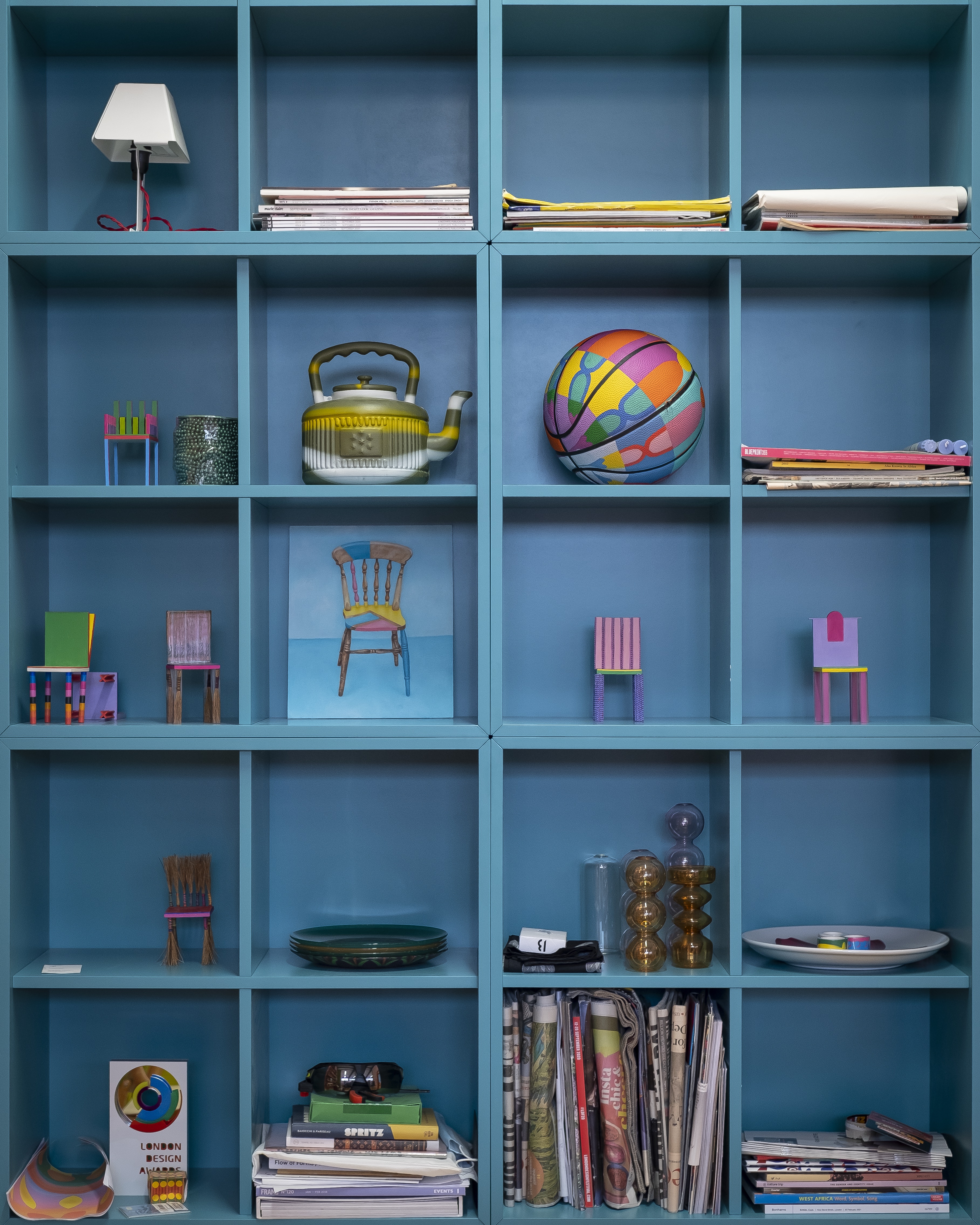
W*: If you hadn’t become a designer, what would you have been?
YI: I really wanted to study English language and literature and when I was in college I used to write poetry. So if I hadn't become a designer, I probably would have become a poet.
W*: What’s next for your studio?
YI: I want to continue to create more work for public spaces. For the longest time, art and design was confined to museums and for many people that's unaccessible or quite intimidating, so I've really enjoyed being able to bring my work to communities. I've been able to work with local residents and children to develop projects that really speak to them and tell their stories and that's something I want to continue to do more of.
INFORMATION
Rosa Bertoli was born in Udine, Italy, and now lives in London. Since 2014, she has been the Design Editor of Wallpaper*, where she oversees design content for the print and online editions, as well as special editorial projects. Through her role at Wallpaper*, she has written extensively about all areas of design. Rosa has been speaker and moderator for various design talks and conferences including London Craft Week, Maison & Objet, The Italian Cultural Institute (London), Clippings, Zaha Hadid Design, Kartell and Frieze Art Fair. Rosa has been on judging panels for the Chart Architecture Award, the Dutch Design Awards and the DesignGuild Marks. She has written for numerous English and Italian language publications, and worked as a content and communication consultant for fashion and design brands.
-
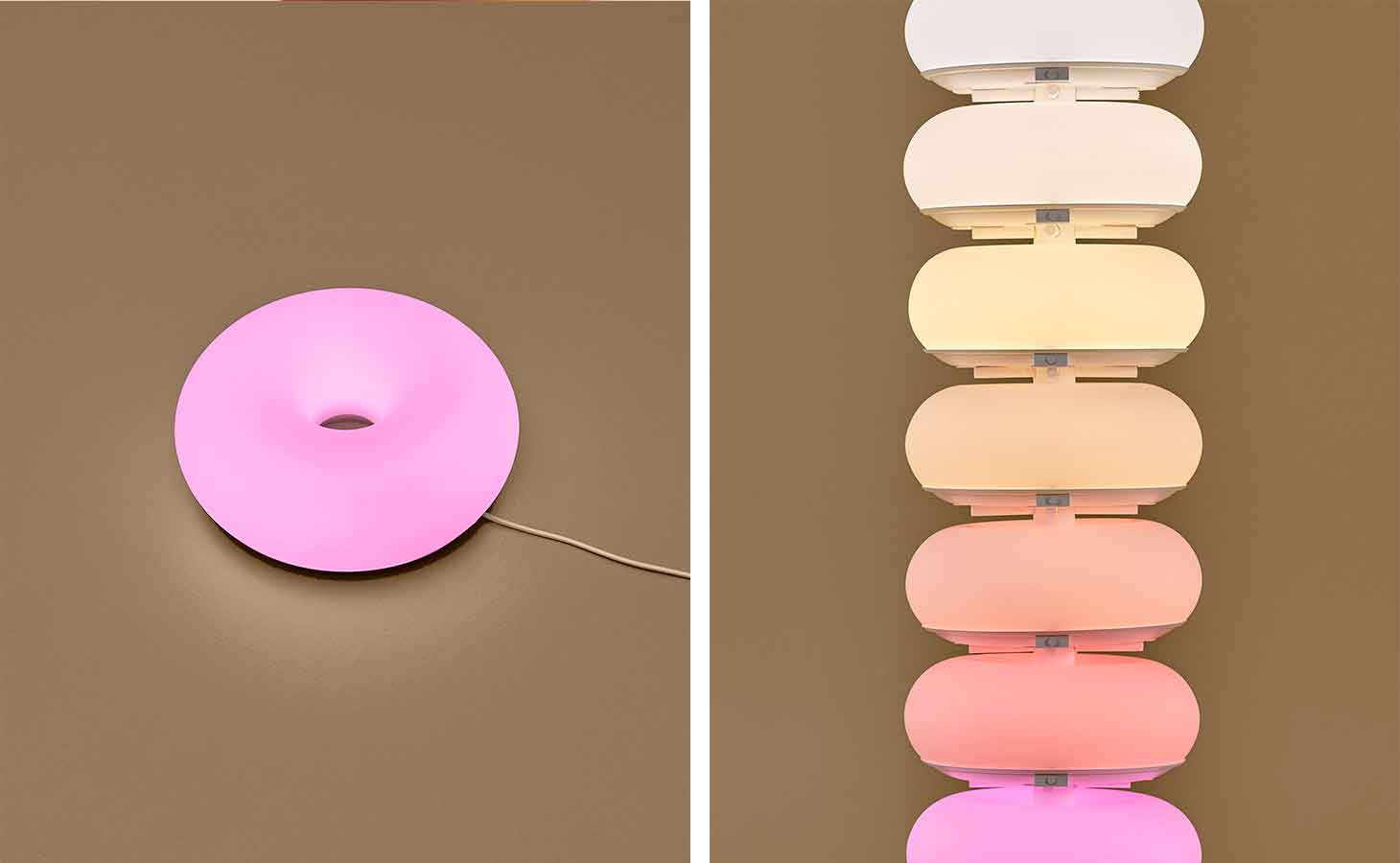 Sabine Marcelis has revisited her Ikea lamp and it’s a colourful marvel
Sabine Marcelis has revisited her Ikea lamp and it’s a colourful marvelSabine Marcelis’ ‘Varmblixt’ lamp for Ikea returns in a new colourful, high-tech guise
-
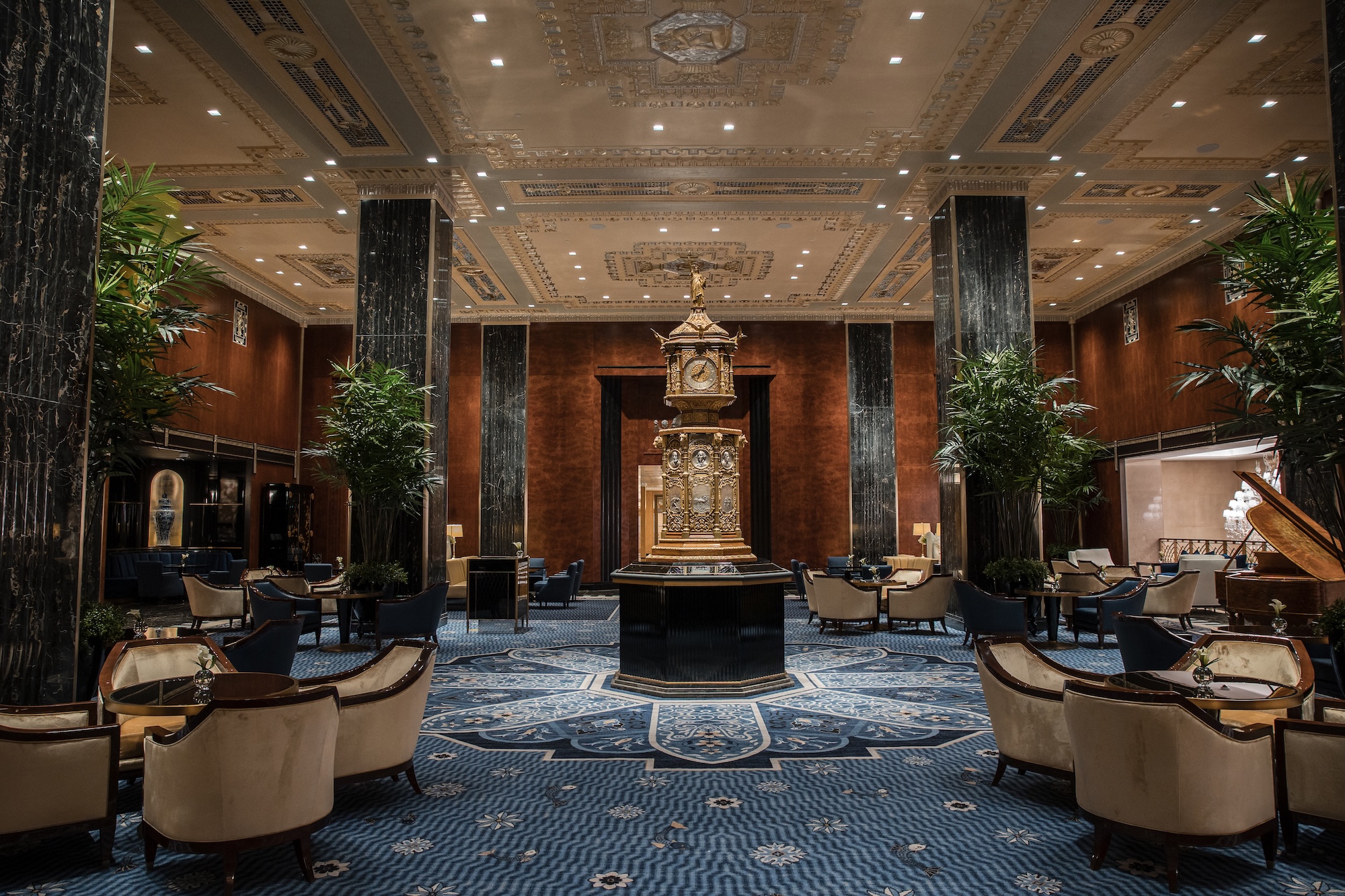 Is the Waldorf Astoria New York the ‘greatest of them all’? Here’s our review
Is the Waldorf Astoria New York the ‘greatest of them all’? Here’s our reviewAfter a multi-billion-dollar overhaul, New York’s legendary grand dame is back in business
-
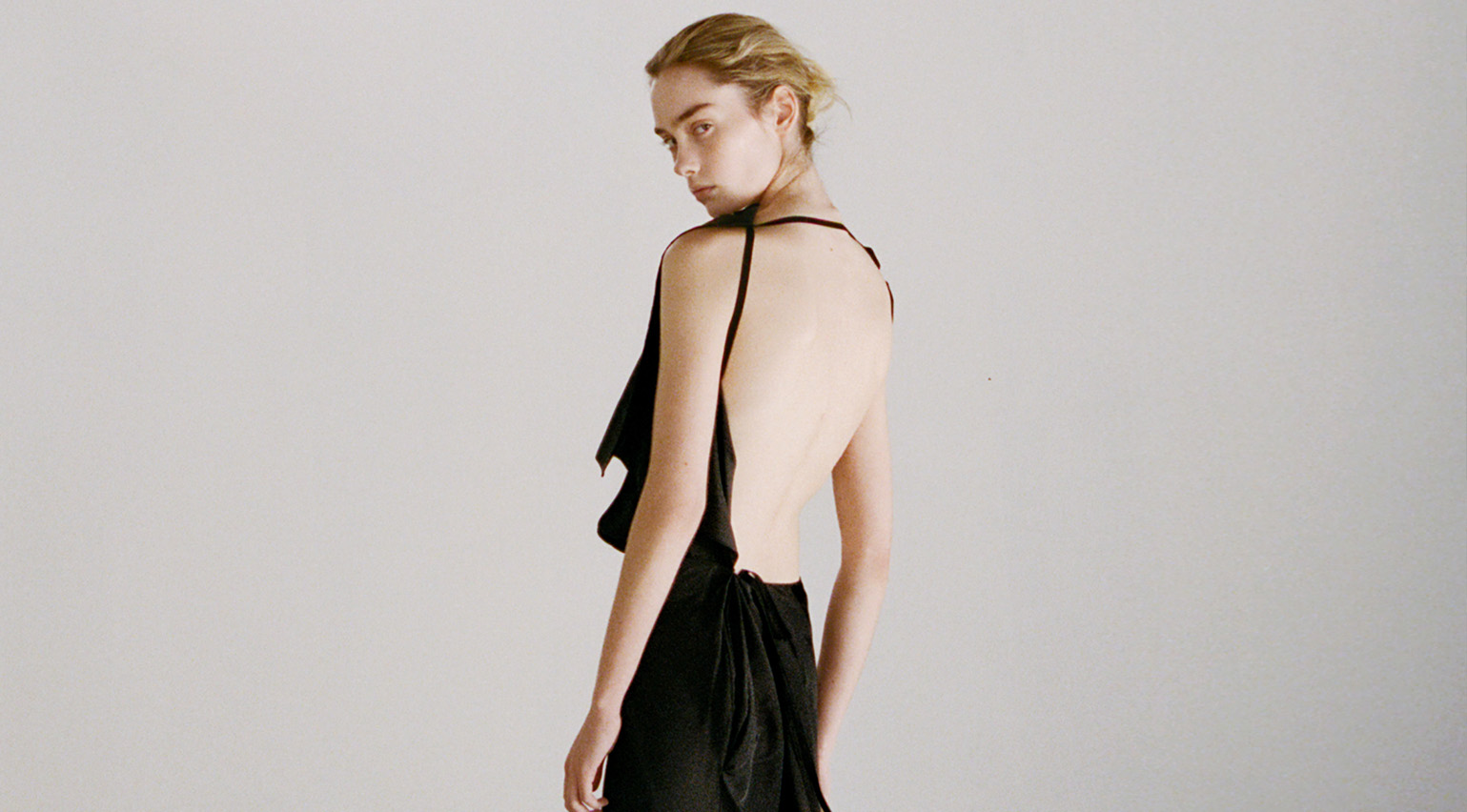 Colleen Allen’s poetic womenswear is made for the modern-day witch
Colleen Allen’s poetic womenswear is made for the modern-day witchAllen is one of New York’s brightest young fashion stars. As part of Wallpaper’s Uprising column, Orla Brennan meets the American designer to talk femininity, witchcraft and the transformative experience of dressing up
-
 ‘Architect of Joy’ Yinka Ilori's latest collection ‘breathes colour and optimism into every corner of any space’
‘Architect of Joy’ Yinka Ilori's latest collection ‘breathes colour and optimism into every corner of any space’Yinka Ilori debuts a collaboration with American brand Momentum, marking his first foray into commercial textile and wallcovering design
-
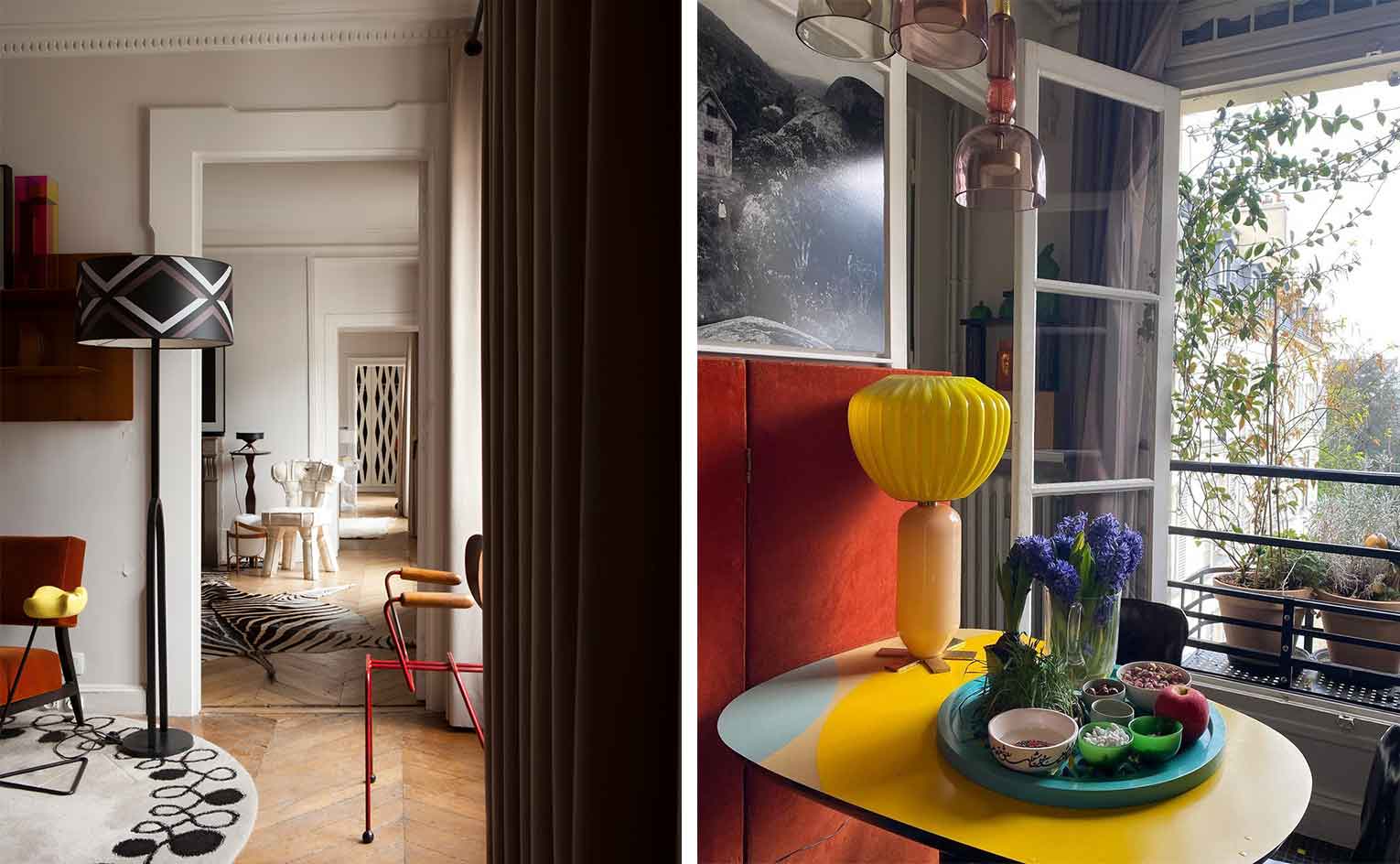 At home with India Mahdavi
At home with India MahdaviIndia Mahdavi invites us to her Paris and Arles homes, and tells us about her approach to interiors, the objects that surround her and what inspires her
-
 Inside the Isokon penthouse of Cubitts founder Tom Broughton
Inside the Isokon penthouse of Cubitts founder Tom BroughtonFor our At Home With series, we visit the Isokon Building where Cubitts founder Tom Broughton tells us about what he loves about the legendary location
-
 At home with Rose Uniacke
At home with Rose UniackeUnveiling ‘Rose Uniacke At Work’, her second monograph, the designer invites us into her London home, sharing her passions, inspirations, and how she approaches her own interiors
-
 At home with Stephen Burks: inside the American designer’s Brooklyn duplex
At home with Stephen Burks: inside the American designer’s Brooklyn duplexA Chicago native, New York-based designer Stephen Burks, part of the Wallpaper* USA 300, talks about his home, favourite objects, upcoming shows, and ‘Dadding around’
-
 Inside André Fu’s Hong Kong ‘urban retreat’
Inside André Fu’s Hong Kong ‘urban retreat’Hong Kong-based designer André Fu shares iPhone snaps of his home overlooking Deep Water Bay and tells us of his inspirations, daily rituals and favourite art and design objects
-
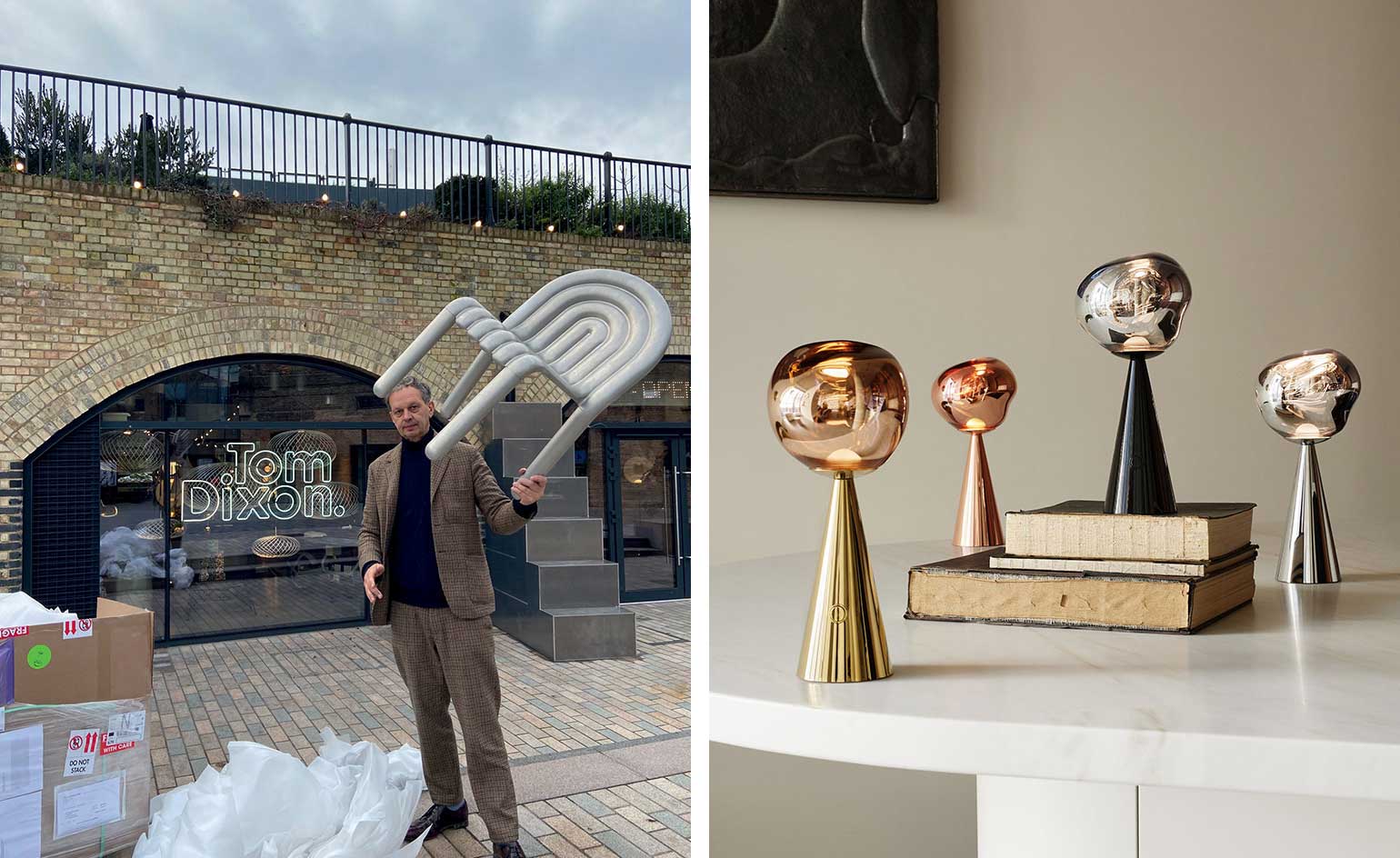 At home with Tom Dixon interview: ‘humour is essential for sanity’
At home with Tom Dixon interview: ‘humour is essential for sanity’Tom Dixon speaks to Wallpaper* ahead of his Euroluce debut: the green-fingered godfather of British design on everything from espressos and eelgrass to curiosity and collecting heads
-
 At home with designer Sebastian Herkner
At home with designer Sebastian HerknerSebastian Herkner finds inspiration in his extensive travels around the globe and the spirit of optimism of his adopted hometown of Offenbach